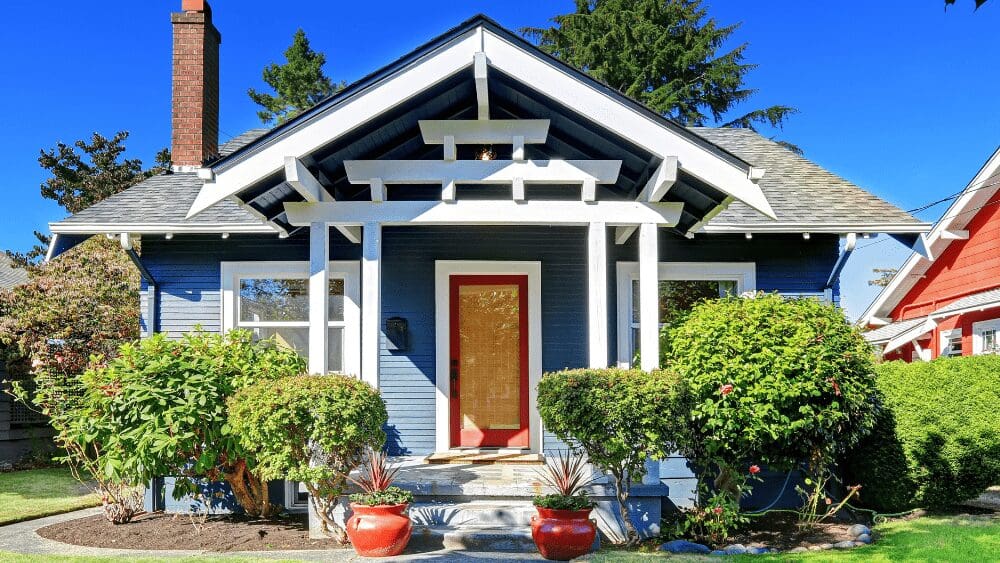A 73-year-old man was left to rot in a mould-ridden public housing unit in Sydney’s swanky eastern suburbs, with black mould crawling across the walls and carpets like something out of a horror flick.
The retiree, who wishes to remain anonymous, has been living in his Coogee home since 2016, according to Yahoo News, after suffering a stroke.
But within a year, the mould started its insidious takeover, and his mate and carer, Grace Thomas, has been battling the clueless housing authority ever since.
After a promising start in 2018 – with the resident whisked away to temporary digs while they supposedly tackled the mould – the problem just kept coming back, bigger and uglier than before.
MORE NEWS
‘Plywood caskets’: Outrage over bizarre $1025 rental
Aussie man locked in $100k battle with council
Where Aus tenants pay the most
The mould infested Coogee home in Sydney’s eastern suburbs. Picture: Supplied
The white toilet sits in stark contrast to the mould infested walls. Picture: Supplied
Homes NSW apparently turned a blind eye to multiple reports between 2019 and 2024, offering only pathetic temporary fixes while the overall situation spiralled out of control.
It was only when the man’s electricity was cut off again, due to “water in the walls”, that Ms Thomas went nuclear on the housing authority.
“There was mould everywhere… it grew insurmountable,” she told Yahoo News.
“He actually placed tarps on the floor and then little rugs on the top, so that he could step out without feeling the squelch underneath his feet whenever he went to get out of bed.
“He was broken, and had given up.”
MORE NEWS: Inside Australia’s haunting mall mystery
The bathroom is covered in mould. Picture: Supplied
The resident placed tarps on the floor so he wouldn’t feel the ‘squelch’ of mould under his feet. Picture: Supplied
Supplied images show the horrifying extent of the black mould infestation – growing in the man’s carpet, bathroom, kitchen, furniture, and even on his front door.
In October last year, an independent report from a mould specialist at BlueBay Group confirmed what was already glaringly obvious: “the current environment is not safe for human living”.
Finally, after a hygienist report, the retiree was moved to temporary accommodation by Homes NSW, where he remains today.
In a statement to Yahoo News, Home NSW recognised that the condition of the tenant’s home had not met acceptable standards.
The government department is now looking to relocate the resident to “a more suitable, ground-floor property in the local area” and confirmed he will stay in temporary accommodation until his new unit is ready.
Remaining units in the Coogee complex will also be inspected for mould.
“Homes NSW is committed to providing safe, well-maintained homes that meet tenants’ needs,” a government spokesperson said.
How can I prevent mould from growing in my home?
Although mould can be found almost anywhere, it needs moisture and nutrients to grow. The following actions can help prevent mould growth by reducing dampness in the home.
– Maintain proper ventilation: Turn on exhaust fans, particularly when bathing, showering, cooking, doing laundry and drying clothes. Open windows when weather permits, to improve cross ventilation.
– Reduce humidity
– Limit the use of humidifiers.
– Limit the number of fish tanks and indoor plants.
– Limit use of unflued gas heaters
– Control moisture and dampness: Repair all water leaks and plumbing problems, for example, burst water pipes, leaking roof or blocked rain gutter. If water enters your home, completely clean and dry water-damaged carpets and building materials. Discard material that cannot be cleaned and dried completely.
What are possible health problems from contact with mould?
Health effects of mould exposure include a runny or blocked nose, irritation of the eyes and skin, and sometimes wheezing.
For people with asthma, inhaling mould spores may cause an asthma attack.
Very rarely, people may develop a severe mould infection, usually in the lungs – however, it is important to see a doctor if mould related health problems are suspected.



















 English (US) ·
English (US) ·